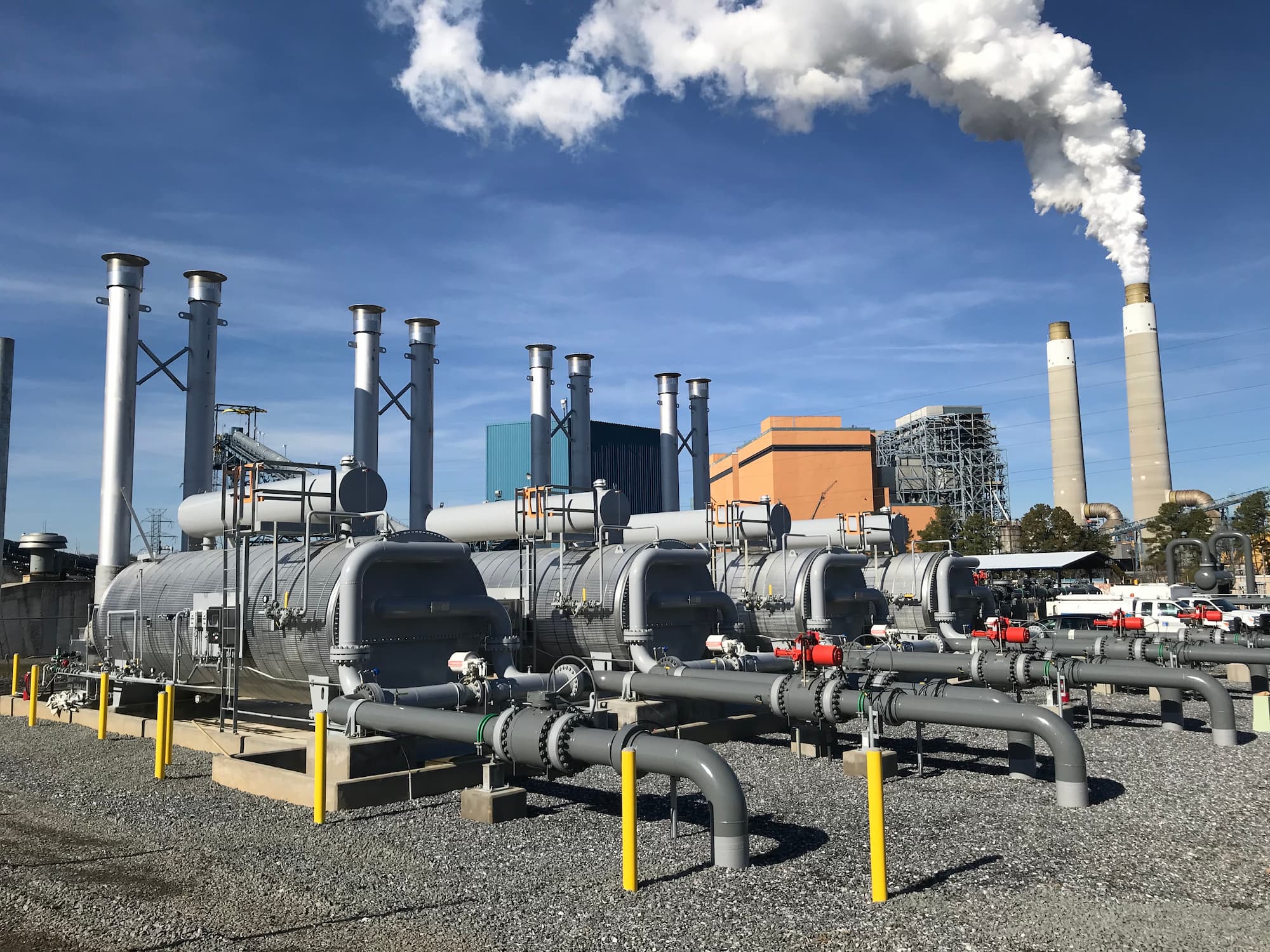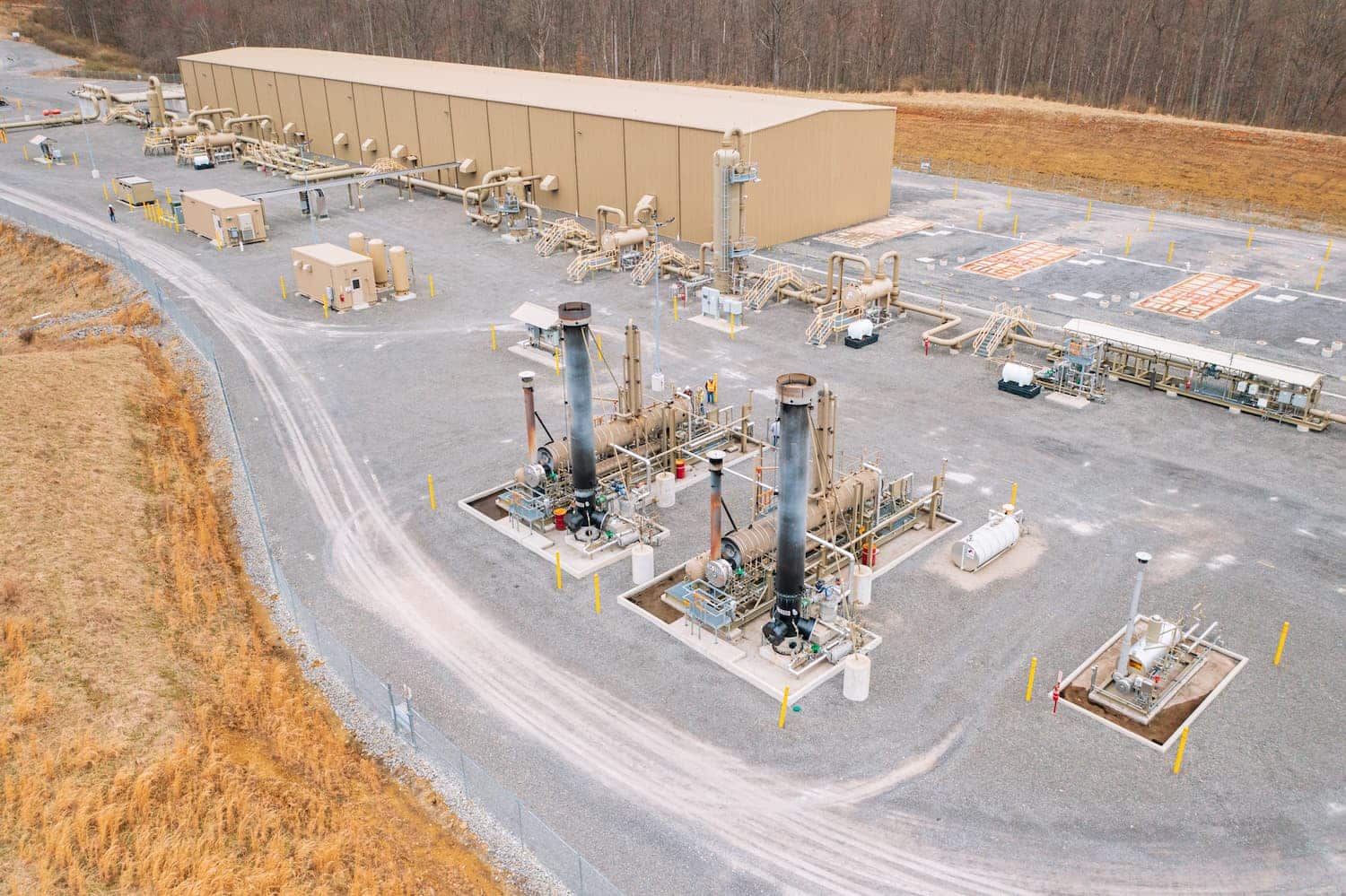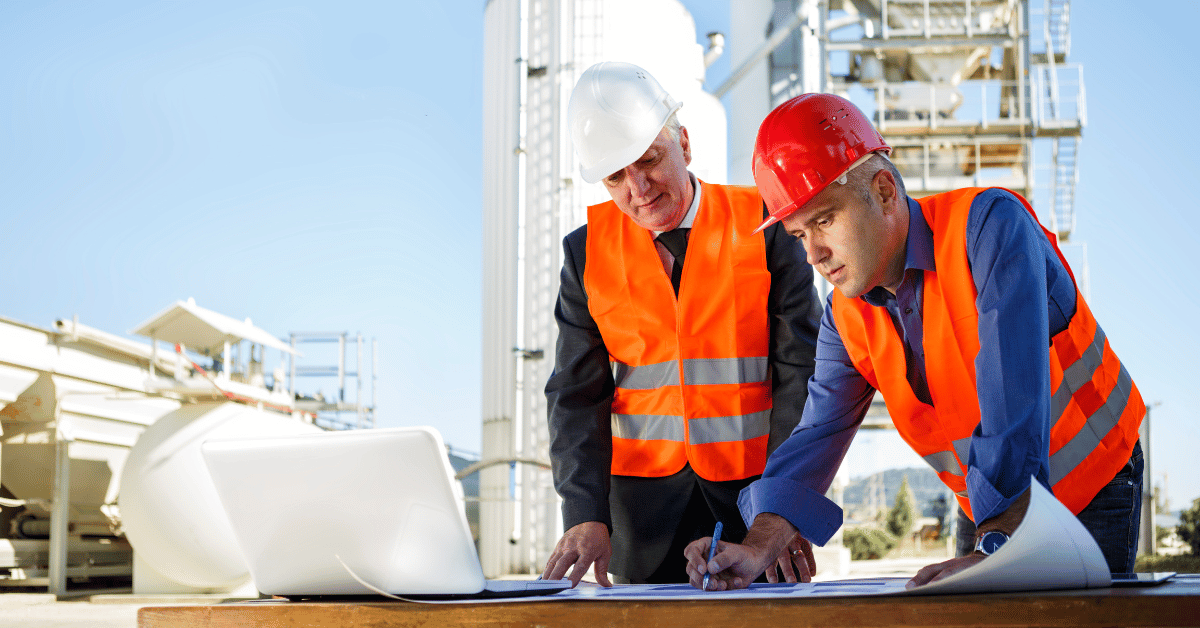Clean Combustion is Smart Combustion
As environmental regulations tighten and operating margins shrink, oil and gas companies face growing pressure to improve both performance and sustainability. One of the most effective and often underappreciated tools in this effort is combustion tuning.
Combustion tuning is the process of adjusting and optimizing burner systems to achieve the most efficient, clean-burning flame possible. When done correctly, it reduces emissions, increases fuel efficiency, and supports long-term equipment reliability.
At Total Product Services (TPS), we work with clients across the country to improve their combustion systems through tuning, testing, and system analysis—helping them meet their emissions goals without sacrificing operational output.
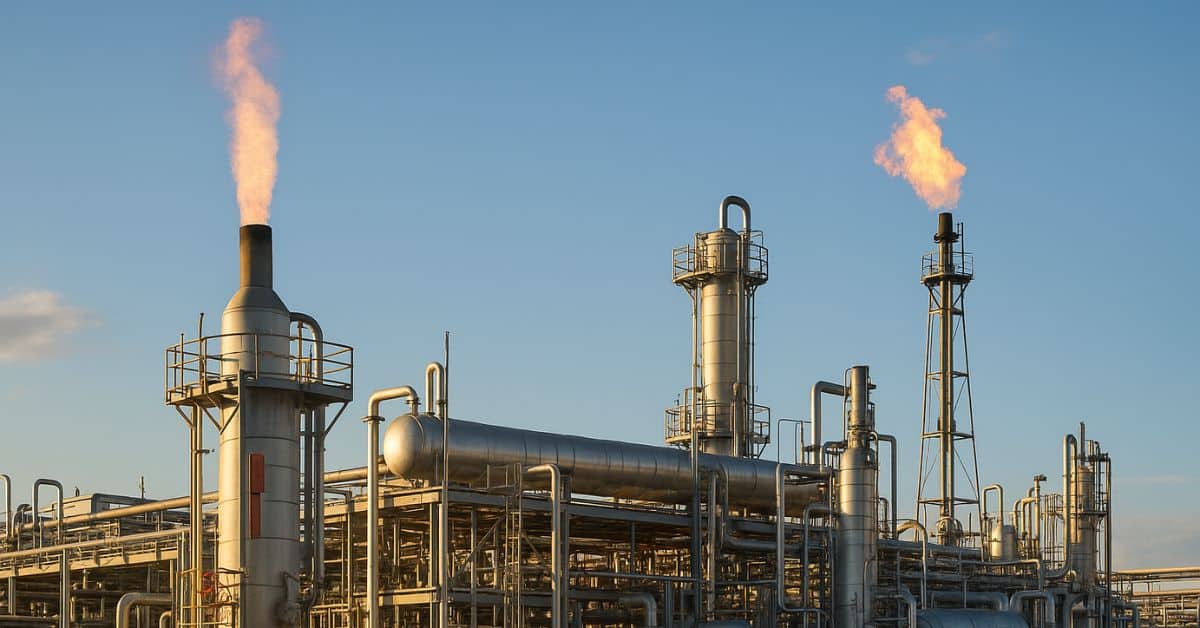
What Is Combustion Tuning?
Combustion tuning involves the precise adjustment of burners, fuel-air ratios, and control systems to improve the efficiency and stability of combustion within a given piece of equipment—such as process heaters, fired heaters, boilers, or gas turbines.
The goal is to optimize flame characteristics, minimize excess air, and ensure complete fuel combustion, resulting in:
Lower emissions of NOx, CO, and VOCs
Improved heat transfer efficiency
Extended burner and refractory lifespan
More consistent system performance
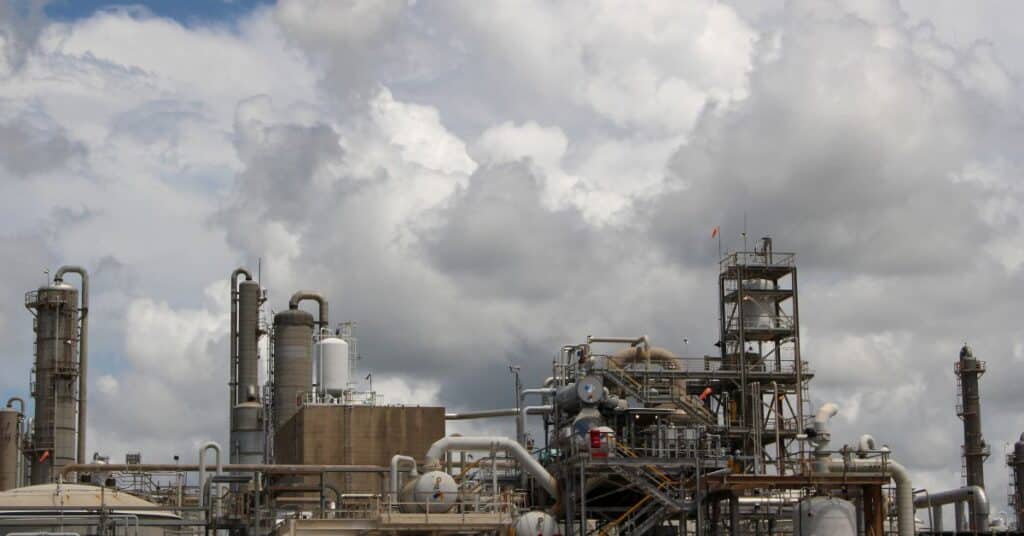
Why Combustion Tuning Matters in Oil & Gas Facilities
Oil and gas operations rely heavily on thermal energy to process, separate, and stabilize hydrocarbons. Whether you’re operating a gas dehydration unit or a crude oil heater treater, poor combustion can lead to:
Excess fuel usage
Fluctuating temperatures
Premature burner failure
Unsafe operating conditions
Non-compliance with EPA or state emissions standards
Proper tuning helps avoid these issues by ensuring the combustion system operates exactly as intended—clean, stable, and efficient.
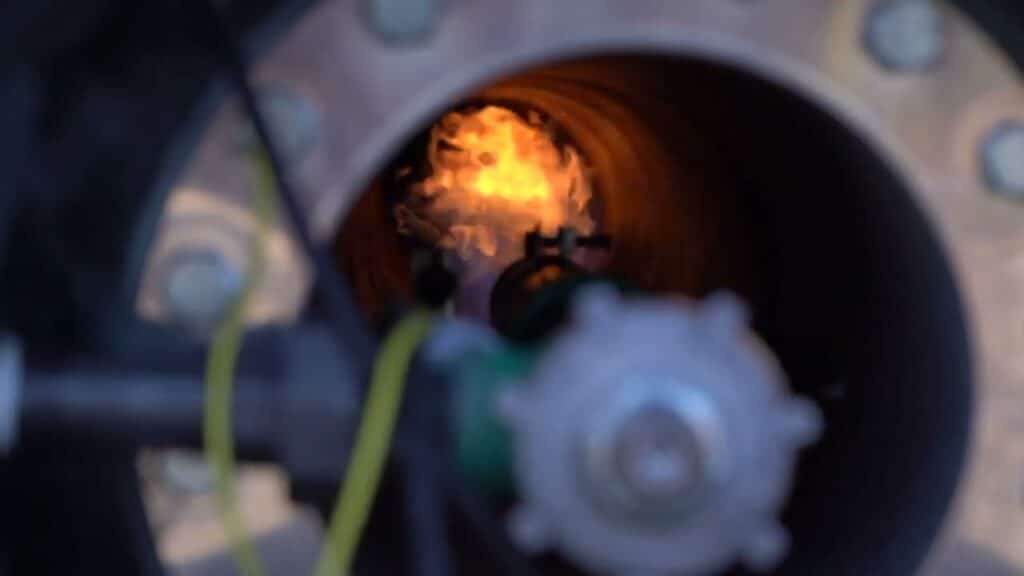
Key Benefits of Combustion Tuning
1. Emissions Reduction
Combustion tuning directly reduces emissions by minimizing incomplete combustion and optimizing air-to-fuel ratios.
This helps control:
Nitrogen Oxides (NOx) – a major contributor to smog and acid rain
Carbon Monoxide (CO) – a sign of poor combustion and energy loss
Unburned Hydrocarbons (UHCs) – which contribute to ground-level ozone
With regulations becoming more stringent under EPA and state-level mandates, regular tuning is essential to staying compliant and avoiding penalties.
2. Fuel Efficiency
Poorly tuned systems often burn excess fuel or require unnecessary excess air to maintain flame stability. Tuning ensures complete combustion, reducing fuel consumption and operating costs.
3. Equipment Longevity
When combustion is unbalanced, hotspots, flame impingement, or thermal cycling can damage burner components, refractory linings, and heat exchangers. Tuning extends the lifespan of these assets.
4. Improved Safety
Unstable combustion can lead to flameouts, explosions, or unsafe operating conditions. A tuned system is a safer system—both for operators and the surrounding environment.
How Combustion Tuning Is Performed
Combustion tuning is a systematic process that requires technical expertise, accurate instrumentation, and a clear understanding of burner dynamics and emissions behavior. Whether applied to process heaters, boilers, or other fired equipment in oil and gas facilities, tuning typically involves the following steps:
Step 1: Baseline Data Collection
The process begins by assessing the current operating conditions of the combustion system. This initial evaluation identifies performance issues and establishes a benchmark for improvement. Common assessments include:
Visual inspection of burners and flame characteristics
Flue gas analysis (oxygen, carbon monoxide, nitrogen oxides)
Measurement of air and fuel pressures
Review of combustion control logic and instrumentation
This step provides insight into combustion efficiency, excess air levels, and overall system stability.
Step 2: Performance Diagnostics
With baseline data in hand, technicians and engineers analyze how the system is functioning in real-world conditions. This phase helps uncover:
Inconsistent fuel or air delivery
Poor flame shape or burner alignment
Over- or under-fired equipment
Excessive excess air causing heat loss
Modeling or interpreting this data ensures that any inefficiencies or safety risks are identified before adjustments are made.
Step 3: Precision Adjustments
Once performance issues are diagnosed, the system is carefully adjusted to optimize burner performance. Common tuning adjustments include:
Fine-tuning air dampers, registers, and fuel valves
Adjusting burner position or flame angle
Rebalancing fuel-to-air ratios for ideal combustion
Calibrating or updating burner management systems (BMS)
The objective is to maintain a stable, efficient flame with minimal excess air and complete combustion—resulting in reduced NOx, CO, and unburned hydrocarbons.
Step 4: Verification and Reporting
After adjustments are made, a final round of flue gas analysis and system checks ensures the combustion system is within target ranges for emissions and efficiency.
Technicians may prepare a formal combustion report that includes:
Pre- and post-tuning data
Emissions levels
Burner configuration details
Recommendations for routine maintenance or future improvements
This documentation is especially valuable for regulatory compliance and ongoing performance tracking.
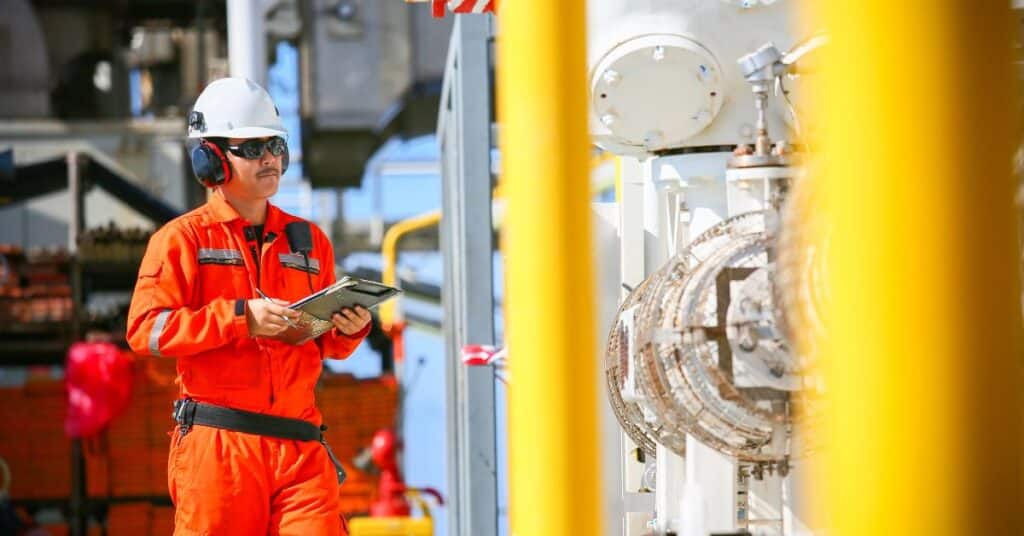
Combustion Tuning vs. Emissions Testing: What’s the Difference?
While often paired together, combustion tuning and emissions testing are distinct but complementary processes.
Combustion tuning is proactive. It focuses on improving how combustion happens in real time.
Emissions testing is reactive. It measures and documents what the system is emitting, usually to meet compliance requirements.
At TPS, we offer both—ensuring not only that your system meets regulations, but that it performs optimally while doing so.
When Should You Schedule Combustion Tuning?
You don’t have to wait for something to go wrong. In fact, the best time to tune your system is before emissions drift, fuel costs spike, or equipment degradation occurs.
Common Triggers for Combustion Tuning Include:
New burner installation or upgrade
Change in fuel supply or gas composition
Emissions test failure or permit renewal
Noticeable flame instability or hotspots
Significant rise in fuel consumption
Seasonal ambient temperature changes
Post-maintenance system startup
Regular tuning—annually or seasonally—is considered a best practice, especially for facilities in regulated air districts or using low-NOx burners.
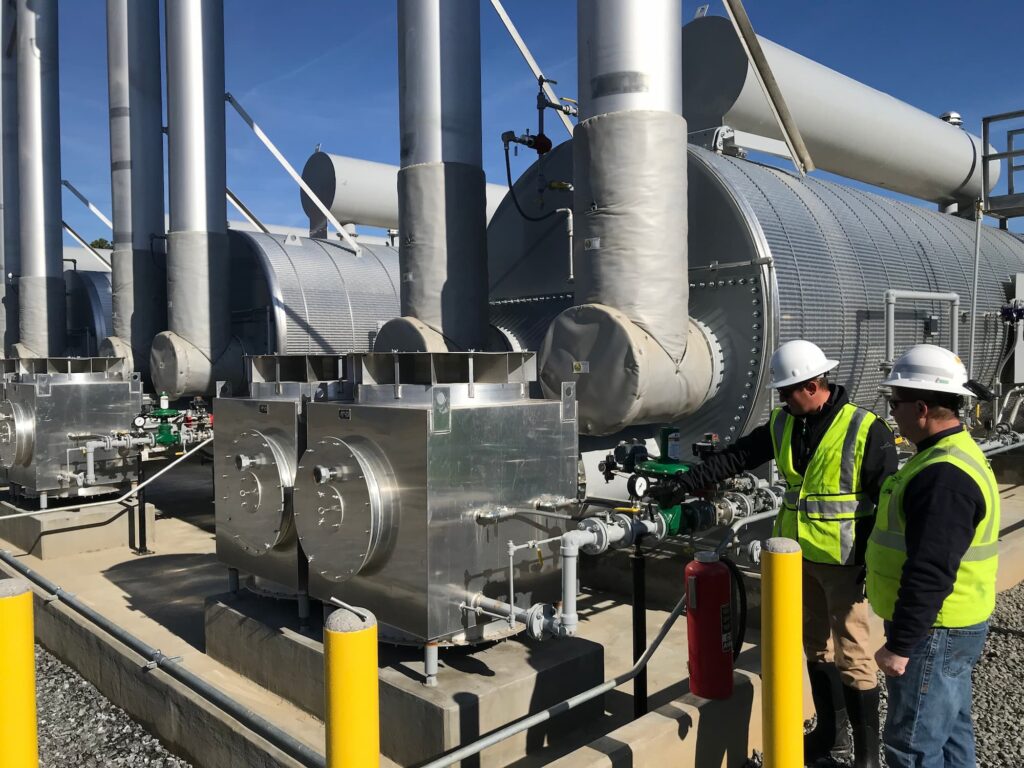
Final Thoughts: Tune Today, Perform Tomorrow
Combustion tuning may not be the flashiest line item in your maintenance budget—but it’s one of the most impactful. It’s a direct investment in safety, efficiency, compliance, and sustainability.
At TPS, we take a systems-based approach to combustion, working with you to tune performance, test emissions, and design long-term improvements that support your facility’s goals.
Ready to Tune Your System?
Don’t wait until you’re out of compliance or running inefficiently. Contact TPS today and let’s get your burner systems operating at peak performance.
Ready to get started with Total Product Services?

